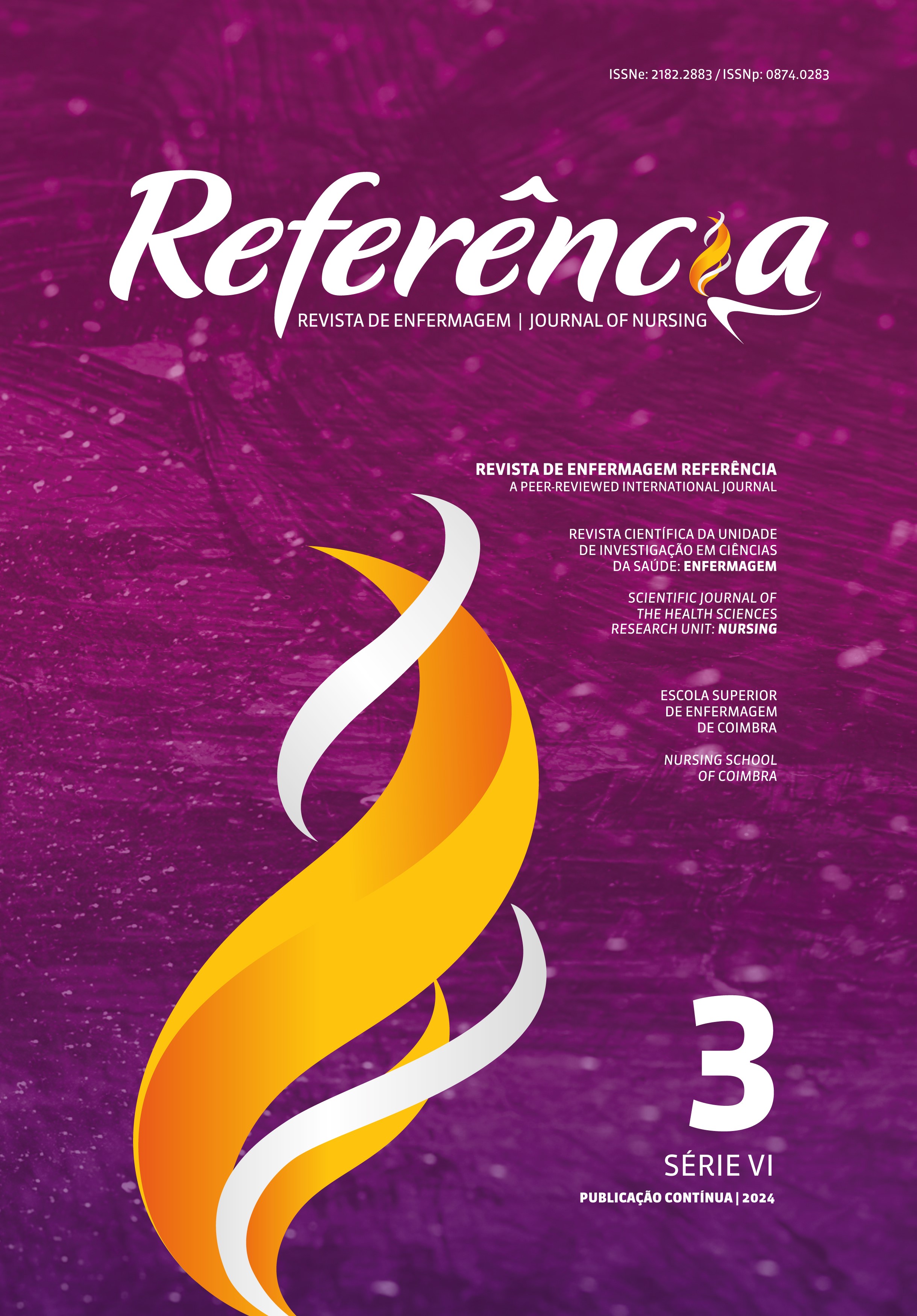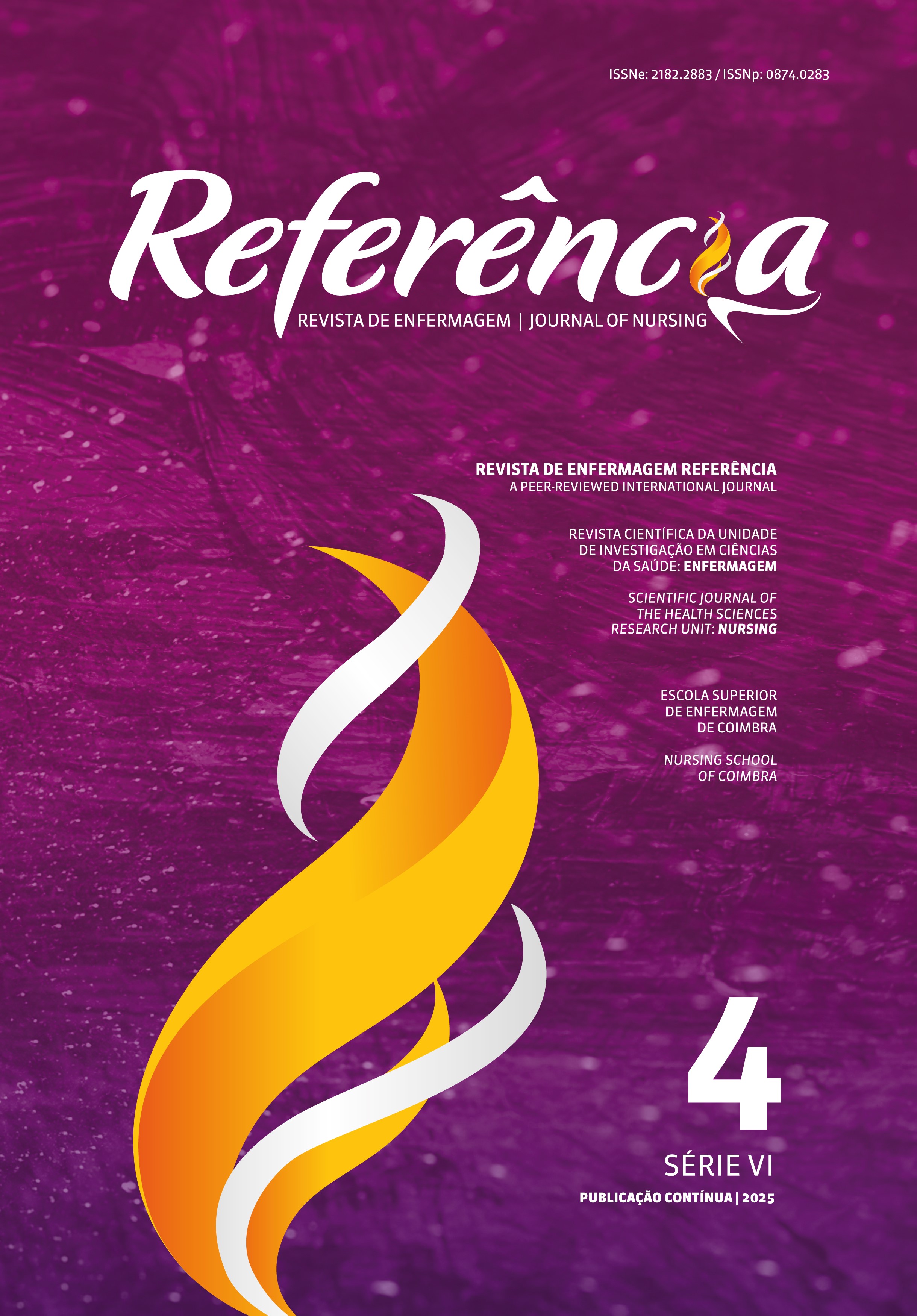Evidence-based practice in peripheral intravenous catheterization: The road ahead in Portugal
DOI:
https://doi.org/10.12707/RVI24.15.34391Keywords:
evidence-based practice, nurses, catheterization, peripheral, PortugalAbstract
Background: Vascular access is a rapidly evolving field in modern healthcare that presents challenges across diverse clinical settings. Recent data indicate shortcomings in peripheral vascular access care for patients and nurses in Portugal.
Objective: Given the ongoing challenges faced by Portuguese nurses in providing quality care to patients requiring peripheral intravenous access, we aim to identify and discuss potential ways forward in this field
Main topics under analysis: The advancement of the field in Portugal involves the development of a clinical standard of care for peripheral intravenous catheterization in pediatric and adult patients, as well as the formal recognition of vascular access as an enhanced nursing competency. Additionally, a long-term focus on institutional initiatives to establish permanent Vascular Access Specialist Teams in Portuguese primary and tertiary care settings is recommended.
Conclusion: The proposed pathways are consistent with the current evidence-based, patient-centered nursing care paradigm, as well as with international calls to action on fostering efficient, sustainable, and safe patient care.
Downloads
References
Alexandrou, E., Ray-Barruel, G., Carr, P. J., Frost, S. A., Inwood, S., Higgins, N., Lin, F., Alberto, L., Mermel, L., Rickard, C. M., & Study Group, O. (2018). Use of short peripheral intravenous catheters: Characteristics, management, and outcomes worldwide. Journal of Hospital Medicine, 13(5), e1-e7. https://doi.org/10.12788/jhm.3039
Australian Commission on Safety and Quality in Health Care. (2021). Management of peripheral intravenous catheters: Clinical care standard. https://www.safetyandquality.gov.au/sites/default/files/2021-05/management_of_peripheral_intravenous_catheters_clinical_care_standard_-_accessible_pdf.pdf
Blanco-Mavillard, I., Personat-Labrador, C., Castro-Sánchez, E., Rodríguez-Calero, M. Á., Fernández-Fernández, I., Carr, P. J., Armenteros-Yeguas, V., Parra-García, G., & De Pedro-Gómez, J. (2023). Interventions to reduce peripheral intravenous catheter failure: An international e-Delphi consensus on relevance and feasibility of implementation. Journal of Infection and Public Health, 16(12), 1994–2000. https://doi.org/10.1016/j.jiph.2023.10.004
Braithwaite, J., Glasziou, P., & Westbrook, J. (2020). The three numbers you need to know about healthcare: The 60-30-10 challenge. BMC Medicine, 18(1), 102. https://doi.org/10.1186/s12916-020-01563-4
Carr, P.J., Moureau, N.L. (2019). Specialized Vascular Access Teams. In: Moureau, N. (eds) Vessel Health and Preservation: The Right Approach for Vascular Access. Springer, Cham. https://doi.org/10.1007/978-3-030-03149-7_5
Chopra, V., Kuhn, L., Ratz, D., Shader, S., Vaughn, V. M., Saint, S., & Krein, S. L. (2017). Vascular access specialist training, experience, and practice in the United States: Results from the national PICC1 survey. Journal of Infusion Nursing, 40(1), 15–25. https://doi.org/10.1097/NAN.0000000000000203
Conselho de Enfermagem da Ordem dos Enfermeiros. (2001). Padrões de qualidade dos cuidados de enfermagem: Enquadramento conceptual e enunciados descritivos. https://www.ordemenfermeiros.pt/media/8903/divulgar-padroes-de-qualidade-dos-cuidados.pdf
Cortés Rey, N., Pinelli, F., Loon, F. H., Caguioa, J., Munoz Mozas, G., Piriou, V., Teichgräber, U., Lepelletier, D., & Mussa, B. (2021). The state of vascular access teams: Results of a european survey. International Journal of Clinical Practice, 75(12), e14849. https://doi.org/10.1111/ijcp.14849
Helm, R. E. (2019). Accepted but unacceptable: Peripheral IV catheter failure. Journal of Infusion Nursing, 42(3), 149–150. https://doi.org/10.1097/NAN.0000000000000324
Instituto Nacional de Estatística. (2023). Estatísticas da saúde: 2021. https://www.ine.pt/xportal/xmain?xpid=INE&xpgid=ine_publicacoes&PUBLICACOESpub_boui=605741415&PUBLICACOESmodo=2
Marsh, N., Larsen, E., Webster, J., Cooke, M., & Rickard, C. M. (2020). The benefit of a vascular access specialist placing a peripheral intravenous catheter: A narrative review of the literature. Vascular Access, 6(1), 10-15. https://doi.org/10.33235/va.6.1.10-15
Marsh, N., Webster, J., Ullman, A. J., Mihala, G., Cooke, M., Chopra, V., & Rickard, C. M. (2020). Peripheral intravenous catheter non-infectious complications in adults: A systematic review and meta-analysis. Journal of Advanced Nursing, 76(12), 3346–3362. https://doi.org/10.1111/jan.14565
Mattox, E. A. (2017). Complications of peripheral venous access devices: Prevention, detection, and recovery strategies. Critical Care Nurse, 37(2), e1–e14. https://doi.org/10.4037/ccn2017657
Morrow, S., DeBoer, E., Potter, C., Gala, S., & Alsbrooks, K. (2022). Vascular access teams: A global outlook on challenges, benefits opportunities, and future perspectives. Journal of the Association for Vascular Access, 27(1), 8–18. https://doi.org/10.2309/JAVA-D-21-00020
Moureau, N. L. (2019). Vessel health and preservation: The right approach for vascular access. Springer International Publishing. https://doi.org/10.1007/978-3-030-03149-7
Mussa, B., Pinelli, F., Cortés Rey, N., Caguioa, J., Loon, F. H., Munoz Mozas, G., Teichgräber, U., & Lepelletier, D. (2021). Qualitative interviews and supporting evidence to identify the positive impacts of multidisciplinary vascular access teams. Hospital Practice, 49(3), 141–150. https://doi.org/10.1080/21548331.2021.1909897
Direção Geral da Saúde. (2022). Relatório do inquérito de prevalência de ponto em hospitais de agudos em Portugal: 2017. https://www.dgs.pt/programa-de-prevencao-e-controlo-de-infecoes-e-de-resistencia-aos-antimicrobianos/relatorios/relatorio-do-inquerito-de-prevalencia-de-ponto-em-hospitais-de-agudos-em-portugal-2017-2022-pdf.aspx
Ricou Ríos, L., Esposito Català, C., Pons Calsapeu, A., Adroher Mas, C., Andrés Martínez, I., Nuño Ruiz, I., Castellà Creus, M., Castellà Fàbregas, L., García Quesada, M. J., Estrada Cuxart, O., Ara Del Rey, J., & López Seguí, F. (2023). Implementation of a vascular access specialist team in a tertiary hospital: A cost-benefit analysis. Cost Effectiveness and Resource Allocation, 21(1), 67. https://doi.org/10.1186/s12962-023-00464-6
Santos-Costa, P., Paiva-Santos, F., Sousa, L. B., Bernardes, R. A., Ventura, F., Salgueiro-Oliveira, A., Parreira, P., Vieira, M., & Graveto, J. (2023). Nursing practices and sensitive outcomes related to peripheral intravenous catheterization in Portugal: A scoping review. Journal of Infusion Nursing, 46(3), 162–176. https://doi.org/10.1097/NAN.0000000000000505
Santos-Costa, P., Sousa, L. B., Loon, F. H., Salgueiro-Oliveira, A., Parreira, P., Vieira, M., & Graveto, J. (2020). Translation and validation of the modified A-DIVA Scale to European Portuguese: Difficult intravenous access Scale for Adult Patients. International Journal of Environmental Research and Public Health, 17(20), 7552. https://doi.org/10.3390/ijerph17207552






